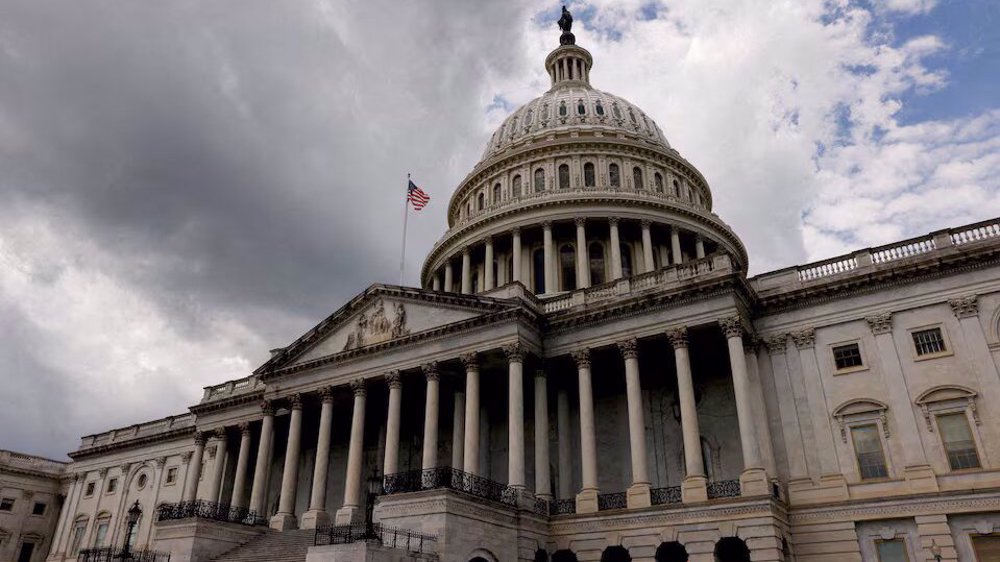US lands 1st B-1B bomber on Korean Peninsula in 20 years
The United States has landed a supersonic bomber in South Korea with an aim to remind Pyongyang of American powerful military assets in the region.
The move came after North Korea successfully ground-tested a new high-power rocket engine, saying it would be used for launching geostationary satellites. However, South Korea said it was designed to demonstrate progress towards attaining a long-range missile.

Pyongyang‘s official KCNA news agency made the announcement on Monday, adding that the test was supervised by North Korean leader Kim Jong-un at the country's Sohae satellite-launching site.

On Wednesday, two American supersonic B-1B Lancers flew low over the US Osan Air Base at Pyeongtaek, 64 kilometers south of Seoul. One of the aircraft landed at Osan, but the other flew back to the Andersen Air Force Base in Guam.
The B-1 Lancer, which is a four-engine strategic bomber, would stay at Osan for an unidentified amount of time.
The aircraft capable of reaching speeds of Mach 2 can carry the largest payload of both guided and unguided weapons in the US Air Force inventory.

Lieutenant General Thomas W. Bergeson of the US Air Force said, "The bond between the United States and the Republic of Korea (South Korea) is ironclad and the strength of that commitment will not be shaken by North Korea's aggressive behavior."
"What we are showing today is just one tool we have to choose from a wide array of options. The alliance grows stronger every day and we remain prepared to defend and to preserve the security of the Korean Peninsula and the region," Bergeson said.
Last week, two US planes flew over South Korea, days after the North's fifth nuclear test, but they both returned to Guam.
Critics believe that the US move came in the light of an apparent increase in the pace of North Korea's nuclear and missile testing program.

On September 9, the North conducted a nuclear warhead explosion -- its fifth -- saying it was meant to counter US hostility.
In February, Pyongyang launched a long-range rocket, which it said placed an earth observation satellite into orbit. Washington and Seoul denounced it as a cover for an intercontinental ballistic missile test.

A month before, North Korea said it had successfully detonated a hydrogen bomb, and vowed to build up its nuclear program as deterrence against potential aggression from the US and its regional allies.
Know their names: Palestinian athletes, scouts, coaches killed by Israel in Gaza
'It was not a strike': Iran FM dismisses Israeli weapons as 'children toys'
The struggles of Occupied Palestine
Saadi Day: Ayatollah Khamenei exalts great Persian poet
Iran’s Civil Defense examines country’s preparation for potential threats
FBI chief: Chinese hackers targeting critical US infrastructure
New York Times leaked memo on Gaza coverage reveals obfuscation of facts
VIDEO | Press TV's news headlines










 This makes it easy to access the Press TV website
This makes it easy to access the Press TV website